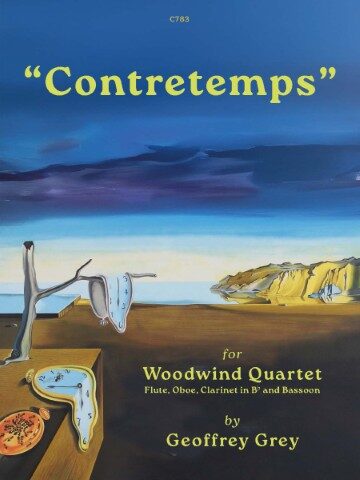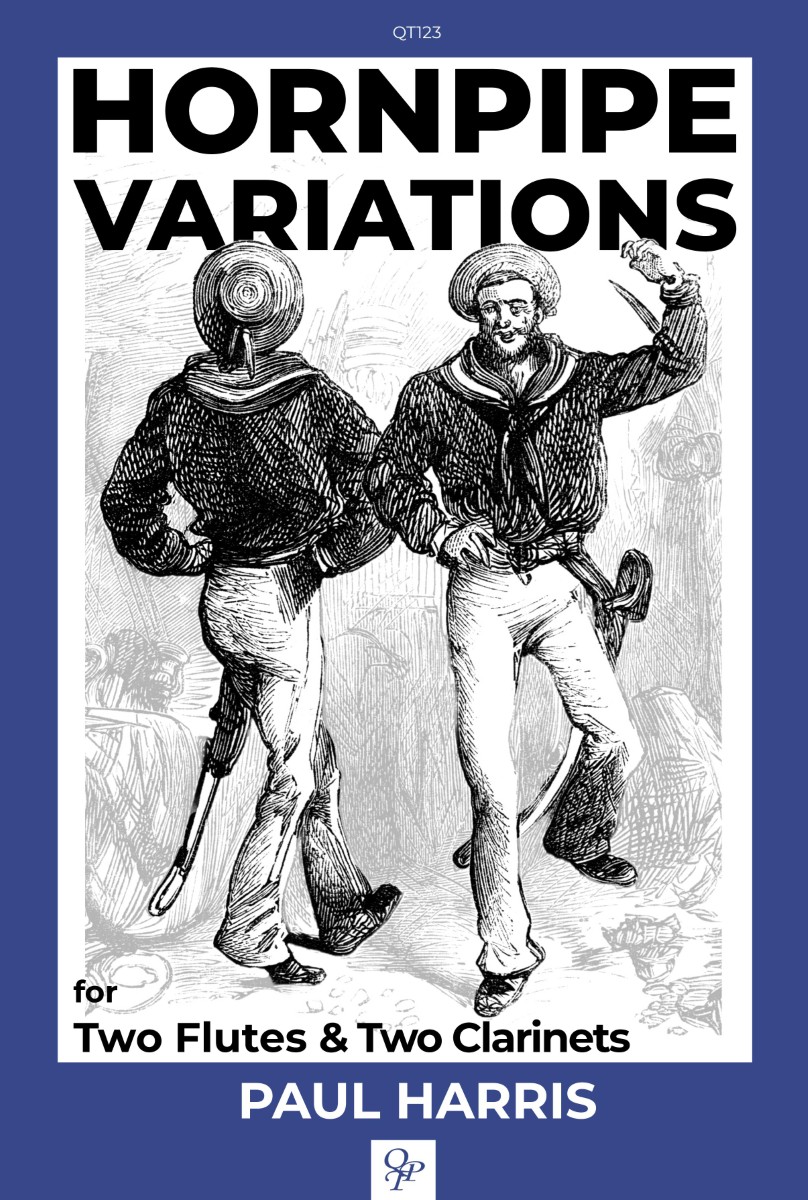Mary Chandler (1911–1996) was an influential female British composer, oboist, pianist, and educator whose contributions have left a lasting imprint on the classical music scene of the twentieth century. Born in Kent on May 16, 1911, Chandler developed an early passion for music that would define her long and varied career. From a young age, she demonstrated remarkable talent, ultimately pursuing studies at the Blackheath Conservatoire of Music along with private instruction. Her education included lessons in composition with Harry Farjeon, oboe with the renowned Leon Goossens, and piano under Harold Craxton, each mentor deeply influencing her artistic growth. 🕮1
Before fully dedicating herself to music, Chandler embarked on a career in education. In the early 1930s, she taught English at London grammar schools—an experience which enriched her sensitivity to language and narrative expression, a quality that would later permeate her vocal and instrumental works. However, her calling for music eventually led her away from the classroom, and by 1944 she had redirected her career toward performance. That year marked a turning point when she joined the City of Birmingham Symphony Orchestra as its principal oboist, a position she held until 1958. In addition to her orchestral work, she often appeared as a soloist on both the oboe and piano, garnering acclaim for her versatility and emotive performances. 🕮2
During her time with the City of Birmingham Symphony Orchestra, Chandler’s talents as both a performer and a composer began to converge. Her creative output during this period was prolific, and she composed roughly 100 works across a range of genres. These compositions included concertos, suites, chamber pieces, solo piano works, as well as vocal music for both solo and choral settings. Her style is recognized for its lyrical elegance, refined structure, and expressive use of melody. Influenced by her diverse training and extensive performance experience, her music reflects a deep understanding of both technical rigor and emotional expression. Her works were performed and broadcast by esteemed artists, further cementing her reputation within the music community. 🕮1 🕮3
Following her significant performance career, Mary Chandler embraced further opportunities to enrich the musical life of her community. After a period of freelance work during which she formed the Mercian Trio—a group featuring flute, oboe, and piano—she was invited in 1960 to serve as the Area Director of the Kent Music School. In this leadership role, she was instrumental in establishing the Tonbridge Music Centre and enhancing wind instrument training across the region. Her work as an educator extended well beyond administrative duties as she continued to nurture young talents and advocate for comprehensive musical education. This contribution to the institutional development of music remained one of her lasting legacies. 🕮2
In 1971, Mary Chandler retired from her administrative position at the Kent Music School to devote herself fully to composition and examination work for the Associated Board. This period of concentrated creative output allowed her to further develop her distinctive compositional voice. She organized performances with ensembles such as the Cotswold Baroque Trio, which featured a unique combination of soprano, violin, and spinet, thereby contributing to the revitalization of interest in Baroque and early music traditions within a contemporary context. Her extensive catalogue, estimated at nearly 100 compositions, includes works for solo instruments, chamber ensembles, and vocal groups. Published by houses such as Novello and Phylloscopus, her compositions continue to be studied and performed, reflecting her unyielding commitment to musical excellence. 🕮1
Today, her innovative spirit and passionate commitment to music continually inspire emerging artists and professionals, ensuring that her legacy endures.
🕮 References:
1.
Coreliaproject,org
2.
Kristinleitterman.com
3.
drs.org



